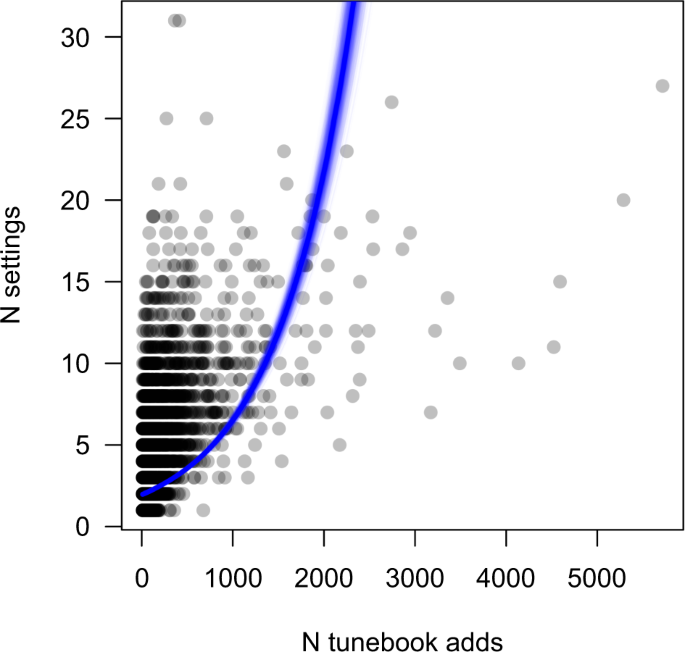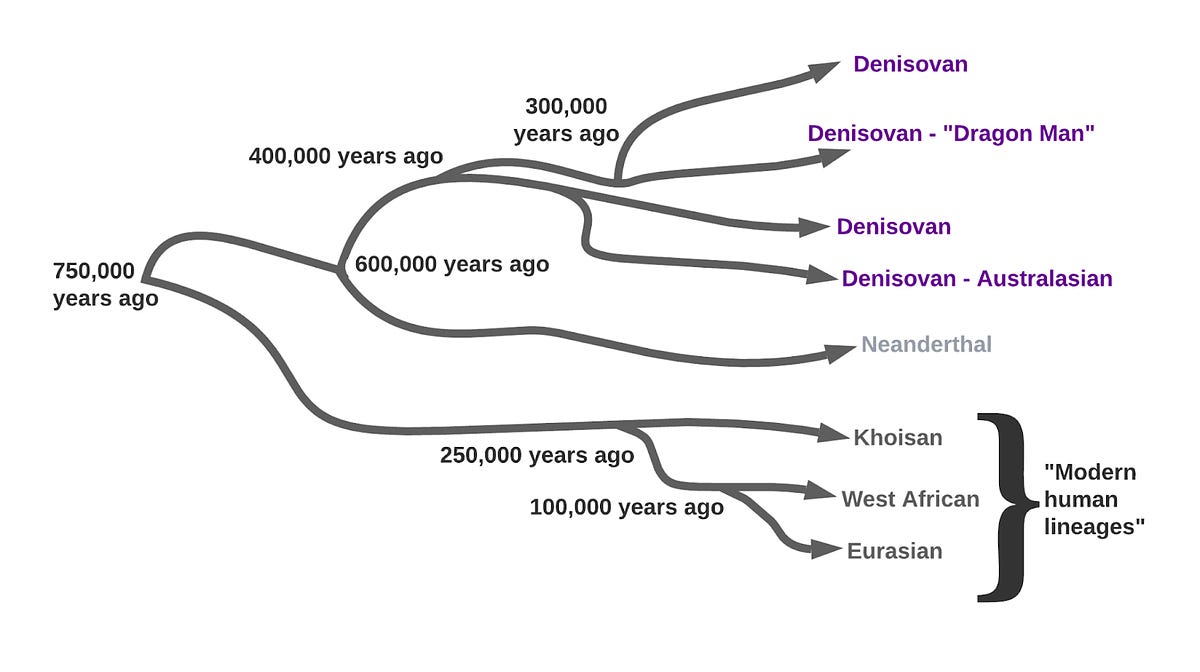
The role of population size in folk tune complexity
Humanities and Social Sciences Communications volume 9, Article number: 152 (2022 ) Cite this article
Demography, particularly population size, plays a key role in cultural complexity. However, the relationship between population size and complexity appears to vary across domains: while studies of technology typically find a positive correlation, the opposite is true for language, and the role of population size in complexity in the arts remains to be established. Here, we investigate the relationship between population size and complexity in music using Irish folk session tunes as a case study. Using analyses of a large online folk tune dataset, we show that popular tunes played by larger communities of musicians have diversified into a greater number of different versions which encompass more variation in melodic complexity compared with less popular tunes. However, popular tunes also tend to be intermediate in melodic complexity and variation in complexity for popular tunes is lower than expected given the increased number of tune versions. We also find that user preferences for individual tune versions are more skewed in popular tunes. Taken together, these results suggest that while larger populations create more frequent opportunities for musical innovation, they encourage convergence upon intermediate levels of melodic complexity due to a widespread inverse U-shaped relationship between complexity and aesthetic preference. We explore the assumptions underlying our empirical analyses further using simple simulations of tune diffusion through populations of different sizes, finding that a combination of biased copying and structured populations appears most consistent with our results. Our study demonstrates a unique relationship between population size and cultural complexity in the arts, confirming that the relationship between population size and cultural complexity is domain-dependent, rather than universal.
Demography, particularly population size, plays a fundamental role in cultural complexity (Mesoudi 2016). A positive correlation between population size and technological complexity is perhaps one of the most consistent and widely-discussed findings in the field of cultural evolution, supported by multiple lines of evidence (Mesoudi 2016). Theoretical models suggest that in larger populations, opportunities for innovation are more frequent and beneficial innovations are less likely to be lost due to stochastic effects, supporting diverse cultural repertoires of complex technologies (Henrich 2004; Kobayashi and Aoki 2012; Powell et al. 2009; Shennan 2001). These predictions are supported by several historical case studies, such as the substantial reduction in technological repertoire among the indigenous Tasmanian population following their isolation from mainland Australia (Henrich 2004), and the proliferation of technological innovation along with increases in population density during the Upper Palaeolithic transition in Europe and western Asia (Powell et al. 2009; Shennan 2001). Comparisons across human populations have also found positive correlations between population size and the diversity and complexity of traditional toolkits (Collard et al. 2013; Kline and Boyd 2010). Finally, transmission chain experiments have shown that larger group sizes help sustain cultural diversity and skill in artificial technological tasks (Derex et al. 2013; Muthukrishna et al. 2014).













/cdn.vox-cdn.com/uploads/chorus_asset/file/19228499/acastro_190919_1777_instagram_0002.0.png)





